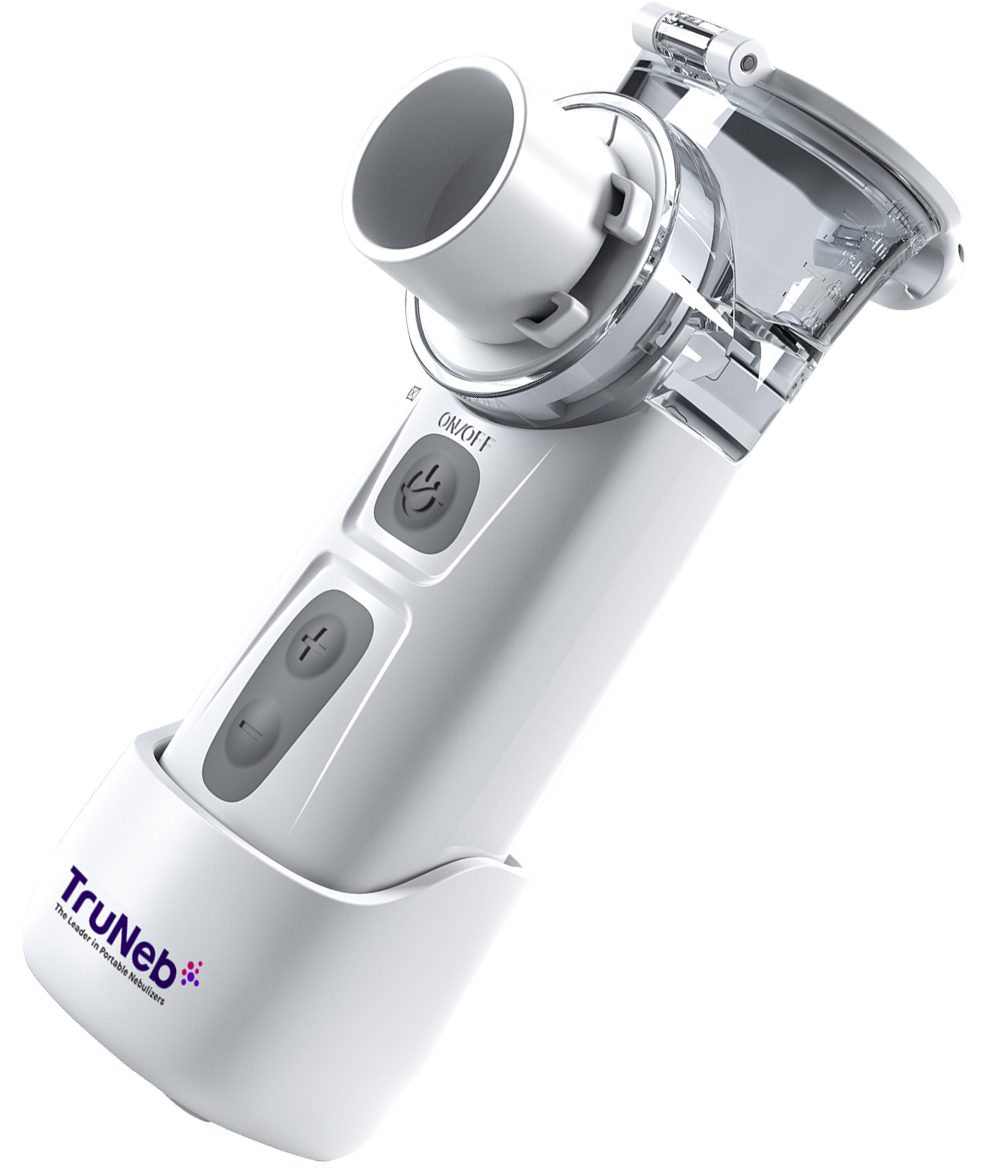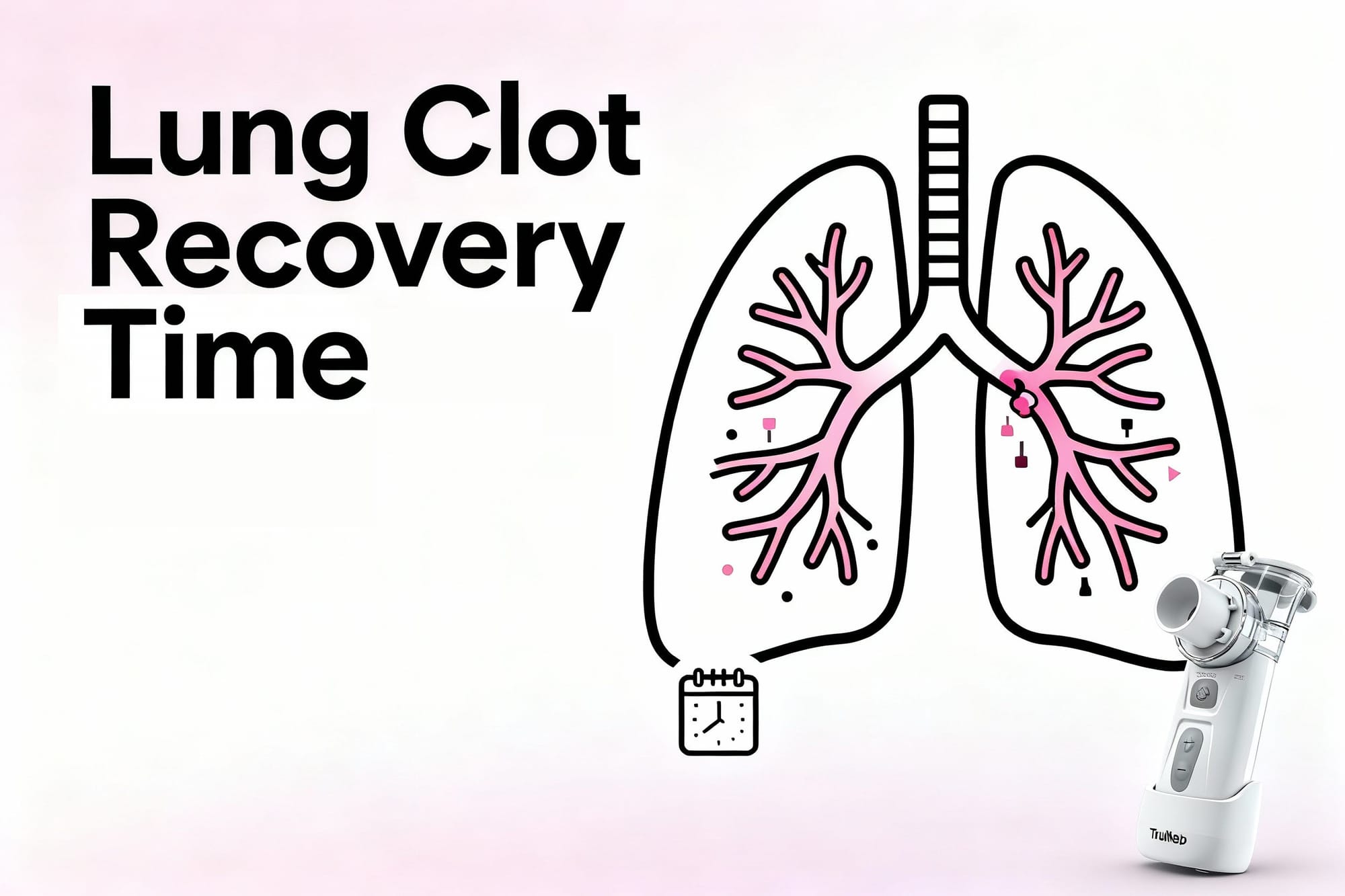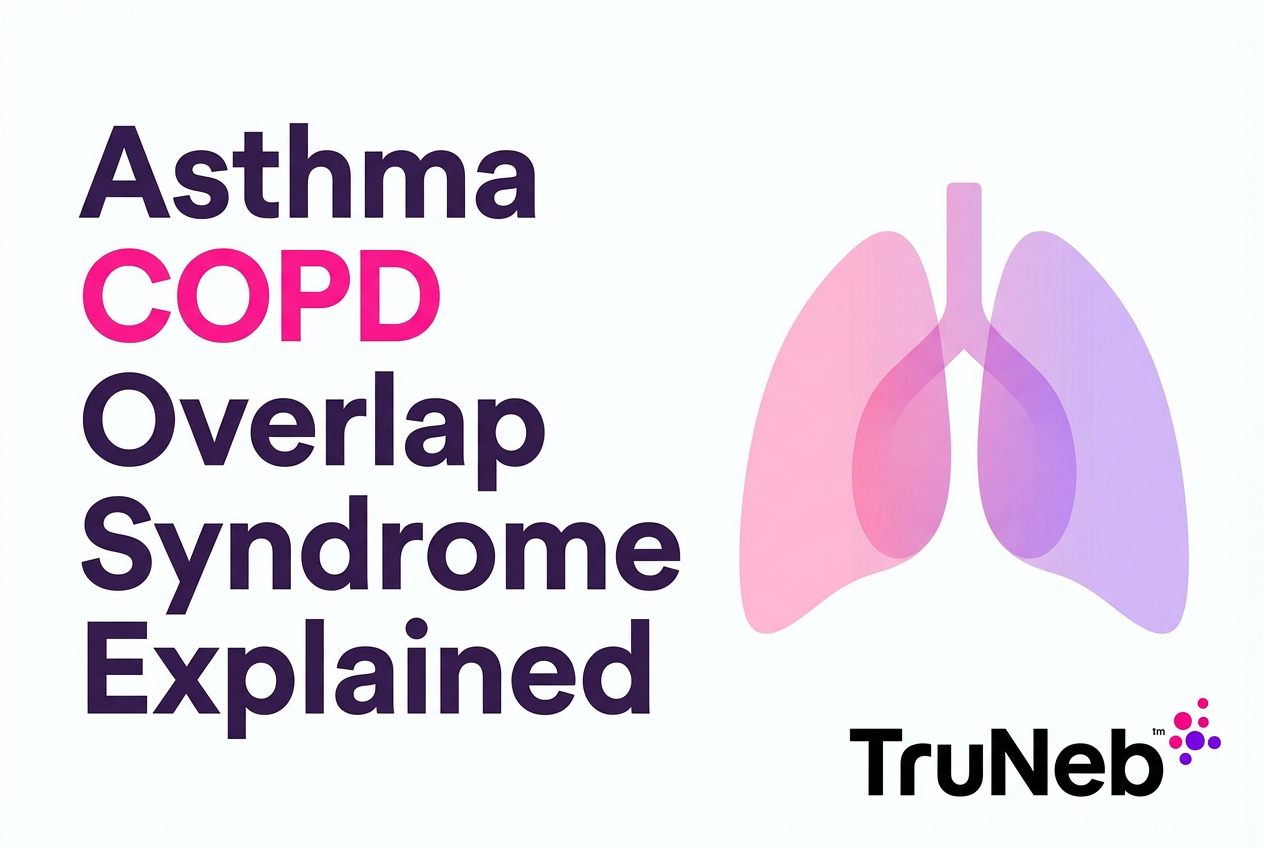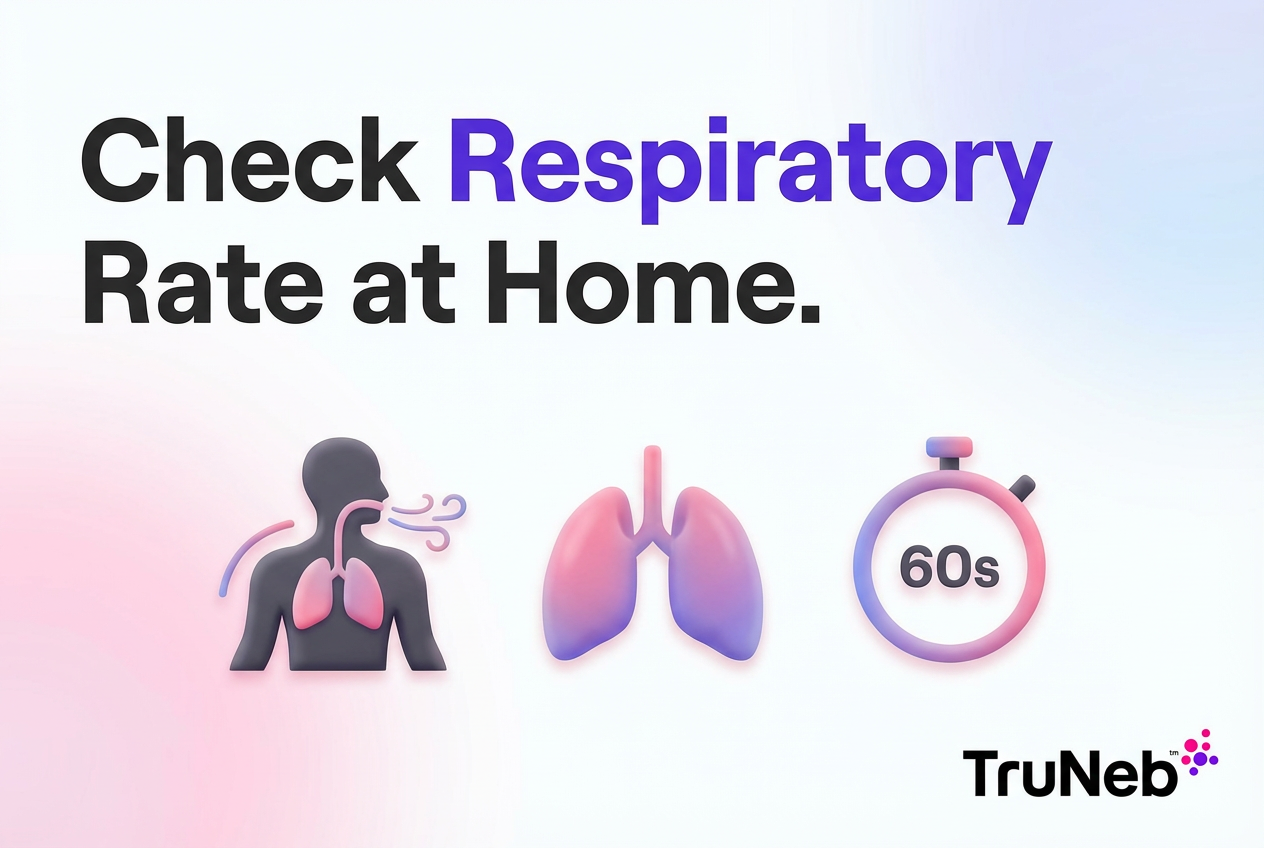On this page
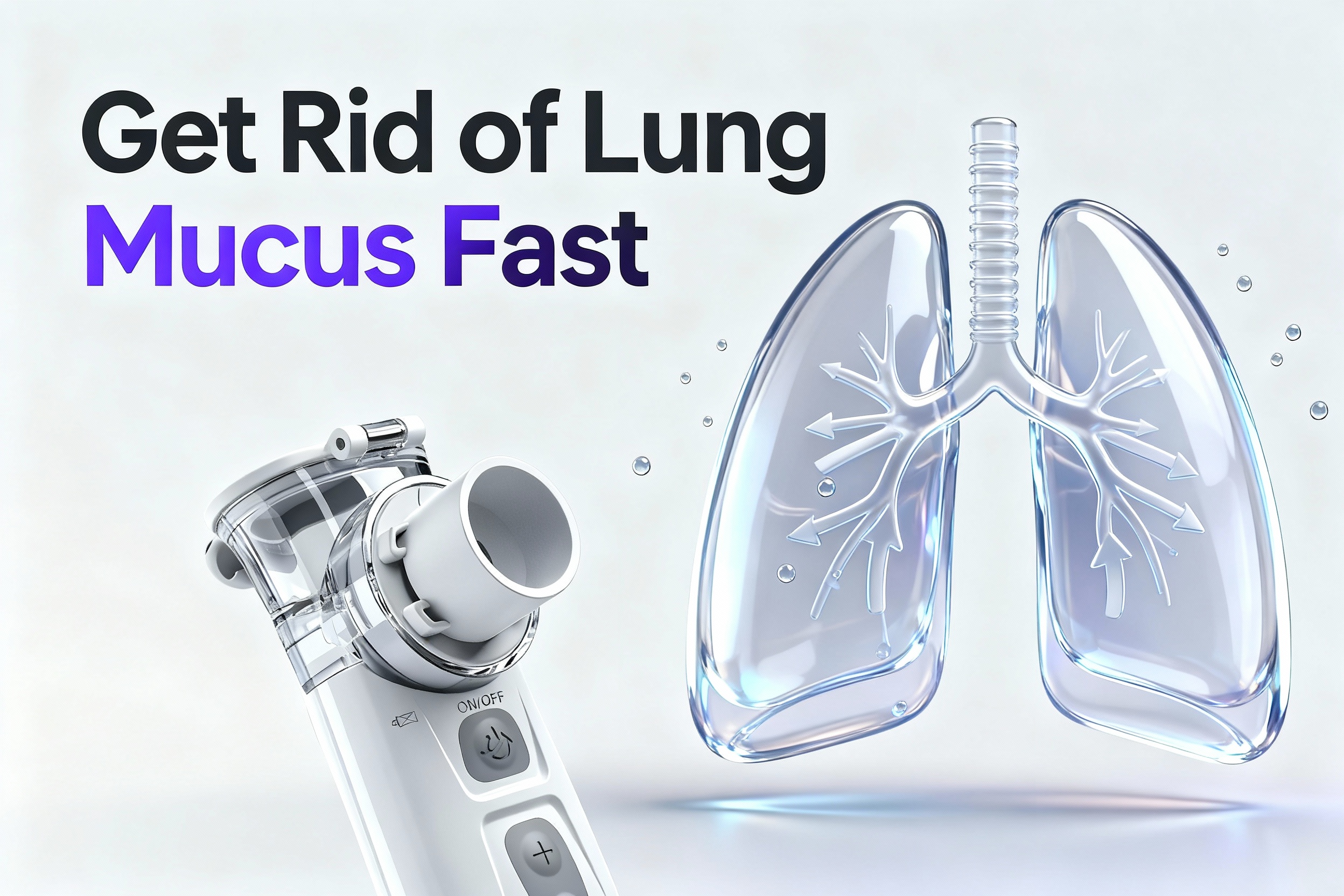
Quick-Acting Techniques to Clear Lung Mucus
These hands-on techniques can move mucus now. Do them gently and stop if you feel dizzy or short of breath.
Postural Drainage Positions
Postural drainage uses gravity to pull mucus from smaller airways toward larger ones so you can cough it out. Try lying on your side with your chest a bit lower than your hips using pillows, or lie on your stomach with a pillow under your hips for 5–10 minutes per side. Breathe slowly and cough when you feel mucus move.
Chest Percussion (Clapping)
Gently clap the upper back and sides with a cupped hand to shake mucus loose. Ask a partner to help, or lightly tap reachable areas yourself. Keep it painless and rhythmic for a few minutes, then cough to clear.
Huff Coughing (Controlled Cough)
Take a deep breath in. Hold 2–3 seconds. With your mouth open, exhale forcefully like you’re fogging a mirror while saying "huff." Do 2–3 huffs, then a normal cough to bring mucus up. Rest, then repeat as needed.
Deep Breathing and Position Changes
Sit tall, inhale through your nose, hold 2 seconds, and exhale slowly through pursed lips. Change positions every 15–20 minutes (left side, right side, sitting forward) to keep mucus moving.
Respiratory therapists also teach the Active Cycle of Breathing Technique (ACBT), a guided sequence of relaxed breathing, deep breaths, and huff coughing that can help move mucus.
Using gravity positions, gentle clapping, and huff coughing can move mucus quickly so you can cough it out.
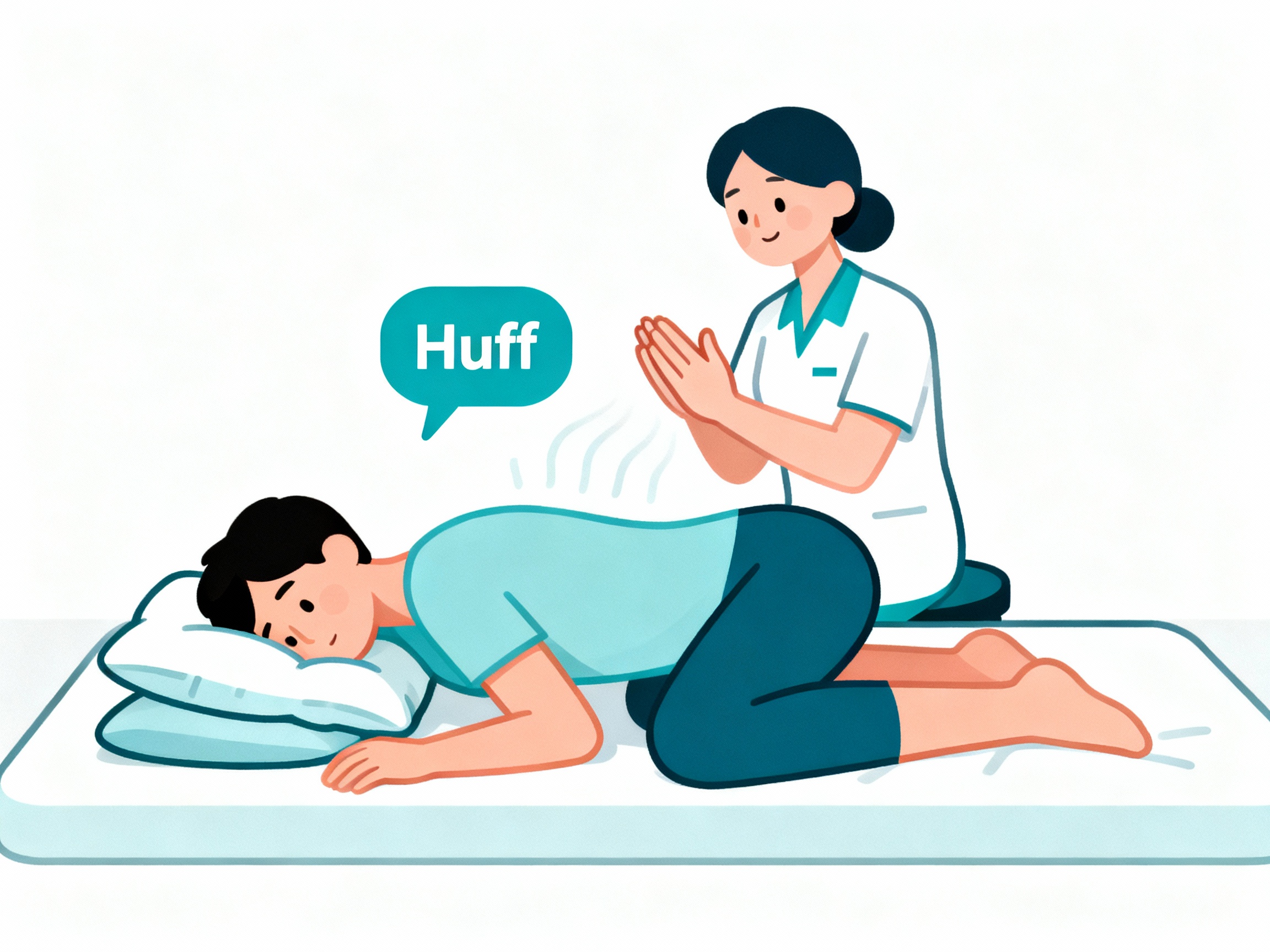
Home Remedies to Loosen and Thin Out Mucus
Thinner mucus is easier to cough up. Use warm, moist air and steady fluids.
Steam and Humidity
Breathe warm, moist air. Take a steamy shower or lean over a bowl of hot (not boiling) water with a towel over your head for 5–10 minutes. A clean humidifier at night can keep airways moist. Don’t use boiling water; keep your face at a safe distance to avoid burns.
Hydration and Warm Drinks
Drink more fluids. Warm water, clear broths, and herbal teas (like ginger or peppermint) can soothe and help thin mucus so it moves.
Natural Soothers
A spoon of honey in warm tea can calm a cough and make clearing easier. Spices like ginger or a little chili in food can briefly open air passages.
Light Movement
A short, easy walk can prompt deeper breaths and help loosen mucus. Go slow and rest as needed.
Warm, moist air plus steady fluids thins mucus so it’s easier to clear.
Best and Worst Drinks for Mucus
What you sip affects how sticky your mucus feels.
Drinks That Help
- Warm water or lemon water
- Herbal teas like ginger, peppermint, or chamomile
- Clear broths and soups
Drinks to Limit
- Alcohol and too much caffeine can dehydrate you and thicken mucus.
- Sugary drinks can irritate your throat.
- Milk doesn’t increase mucus production for most people, but it can feel thicker for some. If it bothers you, choose clear fluids while you’re congested.
Choose warm, non-caffeinated, non-alcoholic drinks and skip alcohol or excess caffeine to keep mucus thin.
Mucus Color and When to Be Concerned
Color can give clues, but it isn’t a diagnosis—watch your overall symptoms and how you feel.
| Mucus color | What it may indicate | Next steps |
|---|---|---|
| Clear/white | Common with colds or mild irritation | Hydrate, use steam, and try airway techniques |
| Yellow | Immune cells present; possible infection [1] | Monitor symptoms; rest and fluids |
| Green | Often signals active infection [1] | Consider medical evaluation if persistent or with fever/shortness of breath |
| Brown | Old blood or smoke/pollution particles | If new or ongoing, talk to your doctor |
| Red/bloody | Blood present (streaks or more) | Seek medical care promptly |
[1] Color alone doesn’t diagnose infection; yellow/green mucus can occur with viral colds.
What Does COPD Mucus Look Like?
With chronic bronchitis (a type of COPD), clear, white, or gray mucus is common day to day. A sudden change to yellow or green, a big increase in amount, thicker mucus with worse cough or breathlessness, or any blood are reasons to contact your doctor.
Does Yellow or Green Mucus Mean You’re Improving?
No. Color change alone doesn’t mean you’re getting better. Look at the trend and your other symptoms, and talk to your doctor if you’re unsure.
Yellow or green mucus can signal infection, and blood or persistent color change with symptoms is a reason to see a doctor.
How Your Lungs Clear Mucus Naturally
Your airways are lined with tiny hairs called cilia. They sweep mucus upward toward your throat all day. Coughing is your built-in backup to push larger amounts out.
What Pushes Mucus Out of the Lungs?
The mucociliary escalator (cilia movement) carries mucus upward. When there’s extra mucus, the cough reflex helps move it so you can spit it out or swallow it.
Will Lung Mucus Go Away on Its Own?
Usually yes, if it’s from a simple cold. As you recover, your cilia and cough clear the extra mucus over days. Thick, stubborn, or long-lasting mucus can need help from the techniques and tips above.
Cilia move mucus up all day, and hydration plus airway techniques help this system when you’re sick.
Medicines and Devices That Can Help
Some tools can make mucus thinner or easier to move.
- Expectorants (guaifenesin): can draw water into mucus so it’s less sticky. Follow the label and talk to your doctor if you have questions.
- Inhaled saline (via nebulizer): moisture from a nebulizer can help loosen mucus so you can cough it out.
- Airway clearance techniques/devices: your doctor sometimes suggests guided coughing or devices that add gentle vibration or positive expiratory pressure (PEP) while you breathe (for example, a flutter valve or other oscillatory PEP device).
- Portable help on the go: a portable mesh nebulizer like TruNeb™ can deliver saline or prescribed medication in a fine mist, which can help loosen mucus when used as directed.
- Mucolytics: doctors sometimes prescribe mucolytics for thick mucus in specific conditions.
Steam inhalers are not nebulizers and aren’t for breathing in medications.
OTC expectorants and inhaled saline can loosen thick mucus, and devices or a portable nebulizer can make clearing easier.
Prevention and When to See a Doctor
Keep your airways clear to avoid thick buildup.
Prevention Tips
- Don’t smoke and avoid secondhand smoke.
- Hydrate daily and use a clean humidifier in dry air.
- Treat allergies and manage reflux if present.
- Stay active with gentle movement most days.
- Stay up to date on flu and pneumonia vaccines.
When to Get Medical Help
- Mucus plus high fever, worsening cough, or shortness of breath
- Blood in mucus or foul-smelling sputum
- Symptoms that last beyond 1–2 weeks or keep coming back
Don’t smoke, stay hydrated, manage triggers, and see a doctor for severe, bloody, or lasting symptoms.
Frequently Asked Questions
Tap or click a question below to see the answer:
Use postural drainage, gentle chest percussion, and huff coughing to move mucus now, then add warm steam and steady fluids to keep it thin.
Limit alcohol, excess caffeine, and sugary drinks because they can dehydrate or irritate your throat.
Not by itself. Yellow or green mucus often signals immune activity or infection—watch your overall symptoms and see a clinician if you’re unsure.
Yes. Inhaling saline moisture via a nebulizer can loosen thick mucus so it’s easier to cough out. Follow your healthcare provider’s guidance.
Often, yes. Quitting lets cilia recover over time, which can reduce chronic mucus—though you may cough more early on as your lungs clear.

